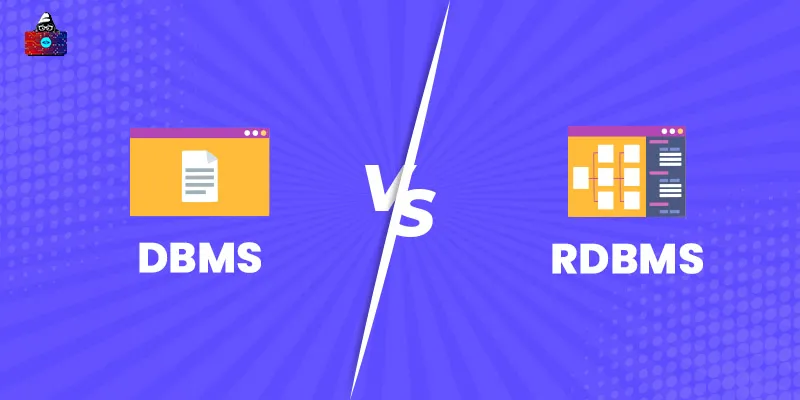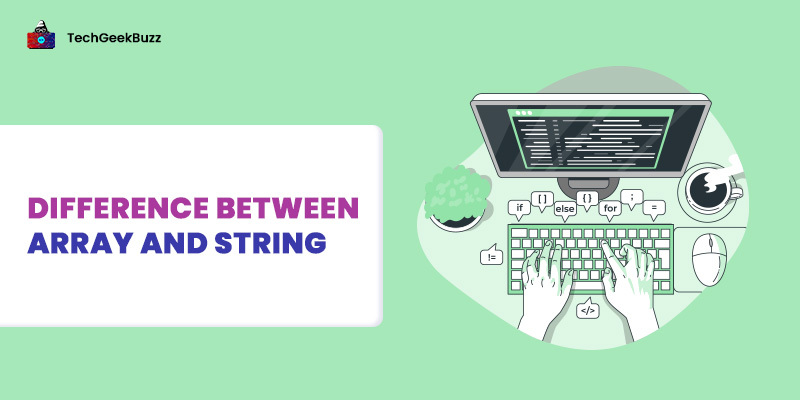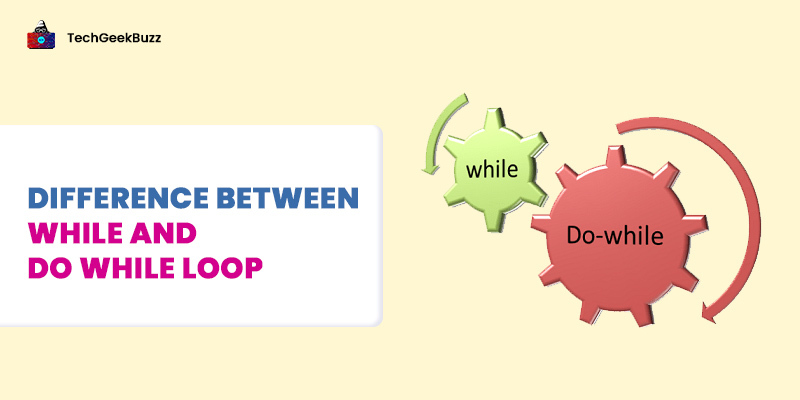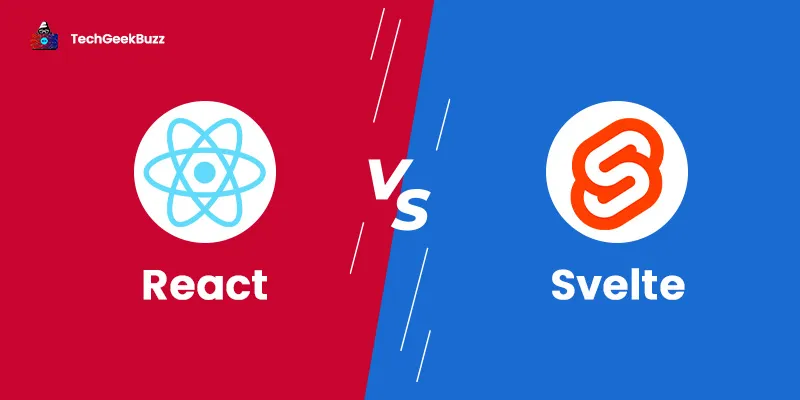A database is an organized and systematic collection of data stored and accessed electronically in a computer system. It stores data in a structured format. Also, various types of databases are available out there.
One of the most commonly used databases is a relational database. Based on the relational data model, a relational database is a database that stores the data in the form of rows and columns, i.e., tables. But how to retrieve and manage data stored in a database? This is where a database management system comes into the picture.
DBMS or a database management system is software that facilitates the storage, retrieval, and manipulation of data stored in a database. It acts as an interface between a database and its end-users or applications, enabling users to store and manage data.
A relational database management system (RDBMS) is one of the most common types of DBMS that enables us to store, retrieve, and manipulate data stored in relational databases.
Since DBMS and RDBMS seem similar, it might be pretty tricky for beginners in the database domain to differentiate them. If you are a novice to databases and want to know the differences between DBMS and RDBMS, you are in the right place.
Through this article, we aim to provide detailed differences between DBMS and RDBMS. Also, we shall discuss what exactly DBMS and RDBMS are, their features, advantages, and disadvantages.
So, here it goes!
What is DBMS?
A database management system (DBMS) is a software program that manages databases. In other words, DBMS is a software system that stores, retrieves, and manipulates data stored in a database. It is responsible for managing data in a database, database engine, and database schema. It is an interface between databases and end-users or other applications.
Typically, there are four types of database management systems, depending upon data structures or types, and they are as follows:
- Relational: A relational database management system (RDBMS) is a system that stores data in the form of tables, i.e., rows and columns.
- Object-Oriented: An object-oriented database management system is a software program that represents data in the form of objects that is used in object-oriented programming .
- Hierarchical: A hierarchical database management system stores data, where data elements have one-to-many relationships (1:N). The data is organized in the form of a tree, where the hierarchy starts from the root node and connects all child nodes to their respective parent nodes.
- Network: In a network database management system, data elements have one-to-one or many-to-one relationships. Here, data is organized in the form of a graph, where one child node can have multiple parent nodes.
History
Charles Bachman was the first man to develop the Integrated Data Store (IDS) in the early 1960s, which was based on the network model. For this development, Charles Bachman was awarded the Turing Award. In the later 1960s, IBM developed the Integrated Management Systems, which was based on the hierarchical model. It is still a standard database in many places. Later in the 1970s, Edgar Codd developed a relational database model. Based on this model, relational database management systems were developed.
Features of DBMS
The salient features of DBMS are as follows:
- Data in DBMS is stored in a hierarchical or navigational form.
- There is no relationship between data stored in DBMS.
Advantages of DBMS
The following are the benefits of DBMS:
- DBMS provides an environment that makes it easy for users to have better access to managed data.
- Simple databases are easy to create and maintain.
- DBMS makes access to data easy for all authorized members of an organization.
- DBMS automatically takes care of backup and recovery.
Disadvantages of DBMS
The following are the drawbacks of DBMS:
- A database management system (DBMS) is pretty expensive. Also, you may need additional memory and processing power to run DBMS. Therefore, you need to upgrade hardware, which may result in increased costs.
- It does not provide simultaneous access to multiple users.
- DBMS does not store high amounts of data.
- It does not provide facilities for data security, data integrity, and data consistency, like RDBMS.
When to Choose DBMS?
DBMS is a perfect choice when you have small sets of non-relational data.
What is RDBMS?
RDBMS is an advanced version of DBMS. A relational database management system ( RDBMS ) is a software system that manages data in a tabular format. It helps us to store, retrieve, and manipulate data in relational databases. This database management system stores data in the form of tables called relations. A row in a relation is called a tuple and a column is called an attribute.
Therefore, a more formal definition of RDBMS is - a system that presents the view of data as a collection of rows and columns.
History
F. Codd at IBM in 1970 first introduced the term ‘relational database’ in one of his research papers ‘A Relational Model of Data for Large Shared Data Banks. He explained what exactly he meant by the term ‘relational’. He proposed 12 rules, popularly known as Codd’s 12 Rules. These rules are well-known descriptions of what a relational database system consists of.
However, there was no such relational database system that conformed to all of the Codd Rules. Therefore, the term ‘relational database system’ evolved into a larger category of a database system, which at least:
- Presents data to end-users as relations, i.e., in a tabular format.
- Provides relational operators to manipulate data in a tabular format.
In 1975, IBM started developing System R, which was a research project to develop a prototype RDBMS. The first RDBMS sold was Multics Relational Data Store in June 1976.
Later, in 1979, Relational Software, now Oracle Corporation, released Oracle, which was followed by Ingres and IBM BS12. The development of the first RDBMS for Macintosh began in 1984 and was released as Silver-Surfer in 1987.
Features of RDBMS
The salient features of RDBMS are
- Relational database management system stores data in a tabular format.
- It provides the feature of the primary key to uniquely identify tuples in a table.
- It creates indexes for faster retrieval of data.
- RDBMS enables one column of a particular table to be shared with other tables.
- It lets multiple users access data at the same time.
- It allows users to create virtual tables, i.e., views, where they can store sensitive data.
- RDBMS follows the ACID properties to ensure data consistency and non-redundancy.
Advantages of RDBMS
Here are some remarkable advantages of RDBMS:
- It becomes easier to understand how RDBMS works since data is stored in rows and columns.
- RDBMS can store and manage huge amounts of data.
- The data stored in RDBMS is highly secure.
- You can easily manipulate data in RDBMS since it uses SQL for querying data. SQL is a simple query language that uses a common English construct.
- RDBMS has built-in tools that automate various tasks of database administrators, such as maintaining and controlling databases and backing up data.
- It allows database administrators to control all activities over a database. They can provide specific access permissions to a user. Also, they have the authority to stop user access to a database.
Disadvantages of RDBMS
Some downsides of RDBMS are:
- The performance of RDBMS depends on the number of tables. If the number of tables increases, the response of RDBMS to user queries will be slower.
- RDBMS requires a massive amount of physical memory since it stores data in rows and columns.
When to Choose RDBMS?
RDBMS is an ideal choice if you want to manage large amounts of relational data.
DBMS vs RDBMS: A Head-to-Head Comparison
The following table highlights the key differences between DBMS and RDBMS:
| Parameters | DBMS | RDBMS |
| Function | DBMS is a software system for creating databases and storing, retrieving, and manipulating data in databases. | RDBMS is a software system for creating and managing databases in a tabular format. |
| Data Storage | A database management system stores data in the form of files. It either stores data in a hierarchical or navigational form. | This software system stores data in a tabular format, i.e., rows and columns. |
| Data Access | It allows users to access data elements individually. | Users can access multiple data elements at the same time from RDBMS. |
| Normalization | DBMS does not support normalization. | RBDMS supports normalization. |
| Distributed Database | It does not support distributed databases. | It supports distributed databases. |
| The number of Users | DBMS supports only one user. | Multiple users can access databases in RDBMS. |
| Amount of Data | This software system is ideal for storing a small amount of data. | RDBMS can store and manage vast volumes of data. |
| ACID (Atomicity, Concurrency, Isolation, Durability) | DBMS is not ACID-complaint. | RDBMS complies with the ACID properties. |
| Security | Data stored in DBMS is more prone to data thefts, and any unauthorized user can access it since DBMS does not use any security measures. | Data stored in RDBMS is more secure than the one stored in traditional DBMS. |
| Examples | Some common examples of DBMS are window registry, file systems, and XML. | Some typical examples of RDBMS are MySQL, Oracle, SQL Server, and PostgreSQL. |
DBMS vs RDBMS - Which is Better?
Both the database management system (DBMS) and relational database management system (RDBMS) enable users to create databases and store, retrieve, and manipulate data in those databases. The primary difference between DBMS and RDBMS lies in the way they organize data. DBMS stores data in files, i.e., either in the hierarchical or navigational format. On the other hand, RDBMS stores data in a tabular format.
DBMS serves as the first version of a software program for storing and managing data in databases. Hence, it does not support features like data security, data integrity, access to data by multiple users, and faster retrieval of data.
RDBMS is an improvised or enhanced version of DBMS and supports all those features that DBMS does not support. Also, it ensures no data redundancy and data inconsistencies.
In terms of data integrity, data security, and assurance of no data inconsistency and redundancy, RDBMS outperforms DBMS. While DBMS is ideal for managing non-relational data, RDBMS is the perfect choice for managing relational data in a tabular format.
Conclusion
Here we reach the end of our comparison between DBMS and RDBMS. Though DBMS and RDBMS share a similar purpose of managing databases, there are a lot of differences between them, as mentioned above. The major difference between them is the database structure. RDBMS is an extended version of DBMS with features such as data security, data integrity, faster retrieval of data, and access to multiple users. But when you have to deal with non-relational data, DBMS is the best choice.
Hopefully, all the major differences between DBMS and RDMS mentioned above have helped you gain enough clarity. If you have any questions regarding this article, you can share them in the comments section below.
People are also reading:





Leave a Comment on this Post